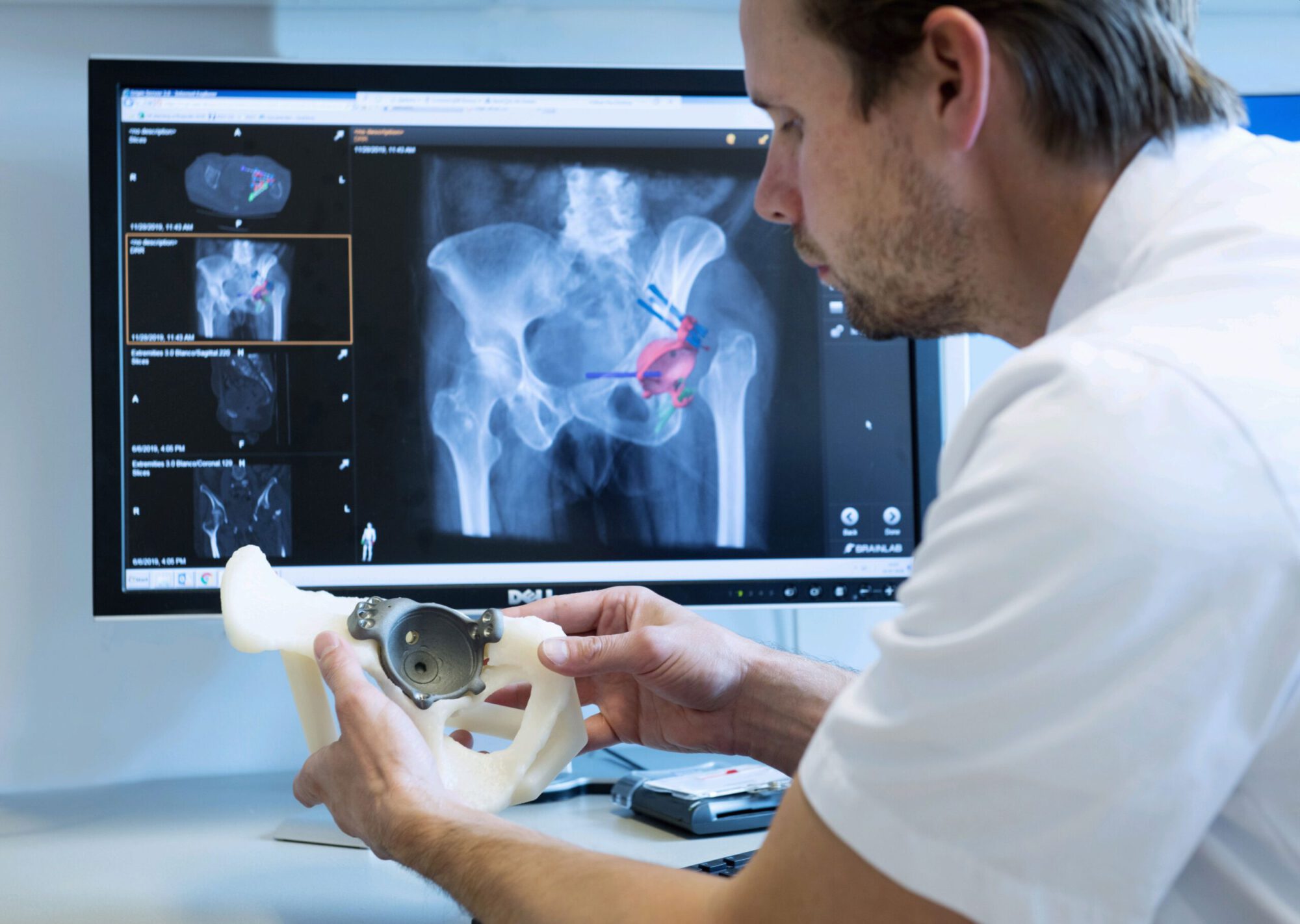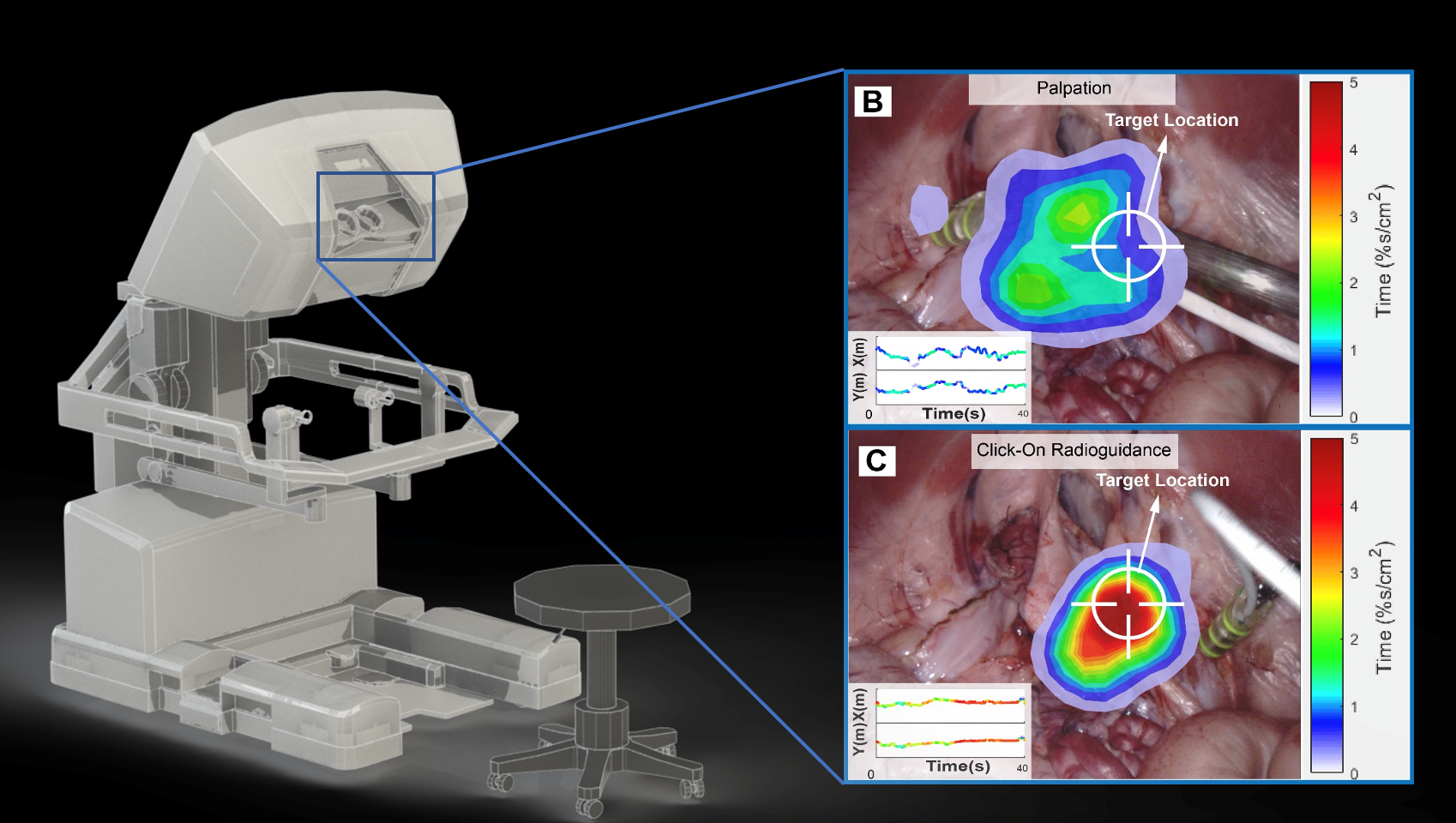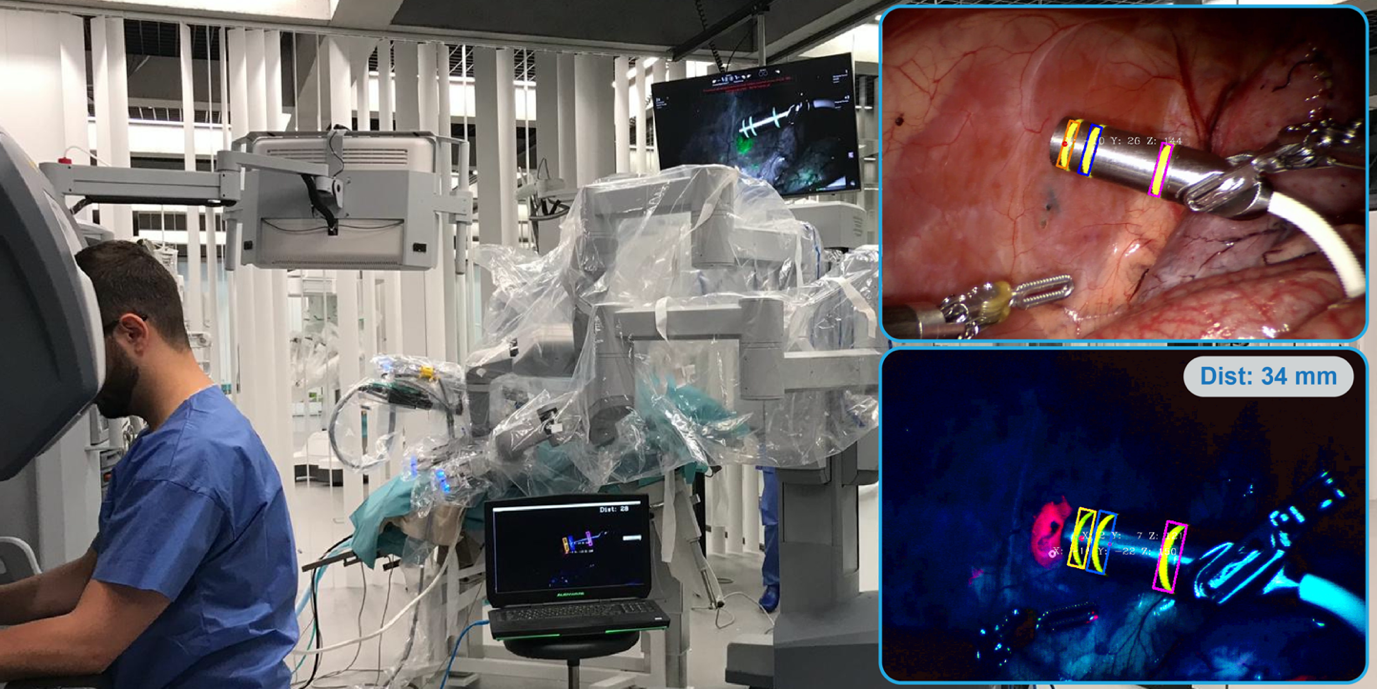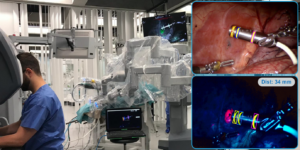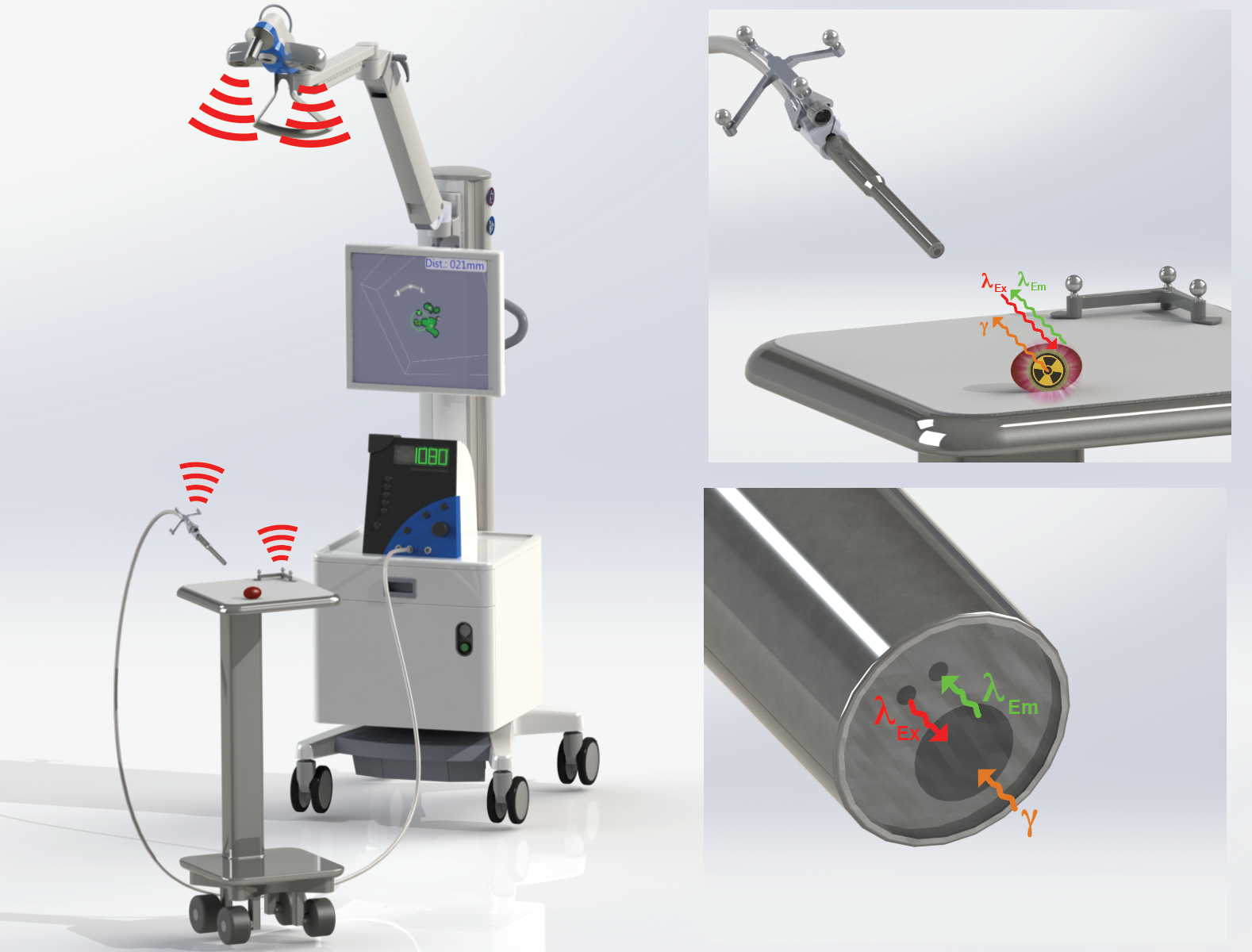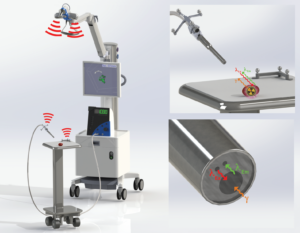Decision-making and dexterity, features that become increasingly relevant in (robot-assisted) minimally invasive surgery, are considered key components in improving the surgical accuracy. In this project, motion tracking is used to study the added benefit of a novel tethered gamma detector.
Optical navigation of DROP-IN probes
With translation of the DROP-IN gamma probe, radioguidance has advanced into laparoscopic robot-assisted surgery. Since it is not always trivial to locate preoperatively marked lesions during surgery, especially when using tumor-targeted tracers such as 99mTc-PSMA I&S, surgical navigation can further enhance the translation between planning at the dept. of nuclear medicine and the actual treatment in the operating room. In this project, a method is generated to navigate a DROP-IN probe during surgery using optical (fluorescence) techniques.
Freehand Fluorescence tomography for image-guided surgery
Within image-guided surgery, ‘hybrid’ guidance technologies have been used to integrate the complementary features of radioactive guidance and fluorescence guidance. In this project, a novel freehand fluorescence imaging and navigation approach was generated to complement existing freehand SPECT modalities in a hybrid setup. Combined the freehand technologies render a unique hybrid imaging and navigation modality that exploits the strengths of the individual technologies.
